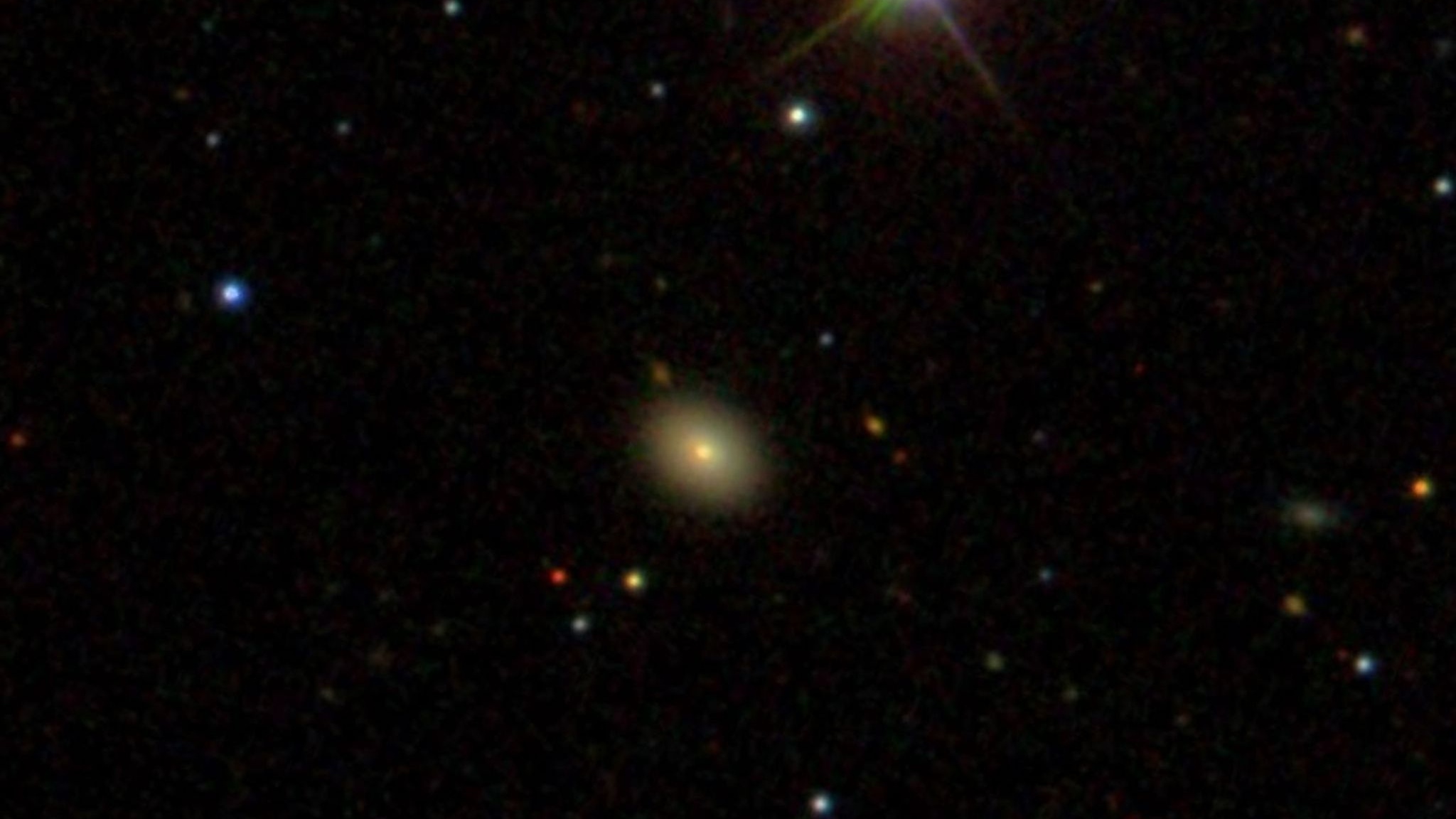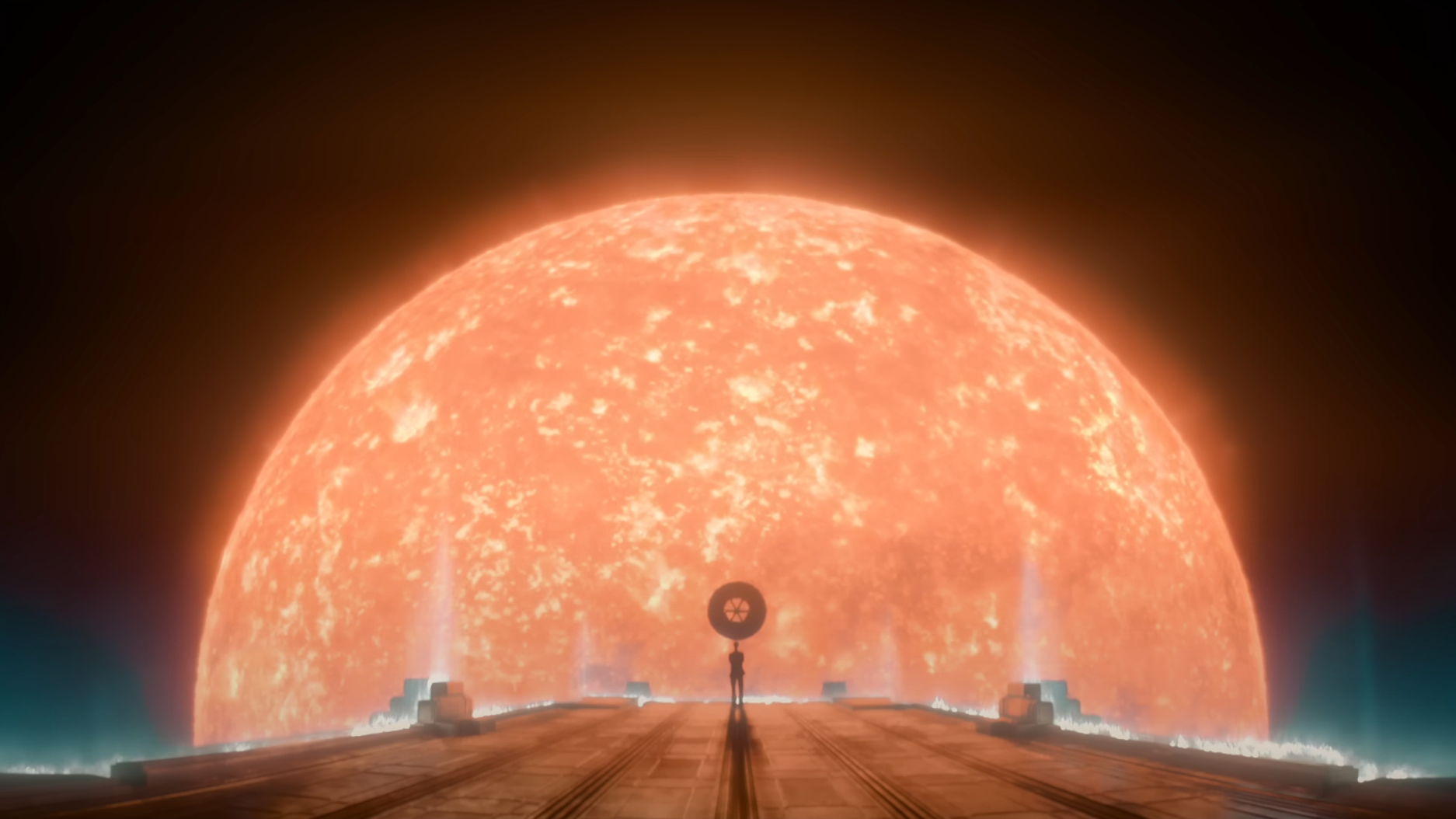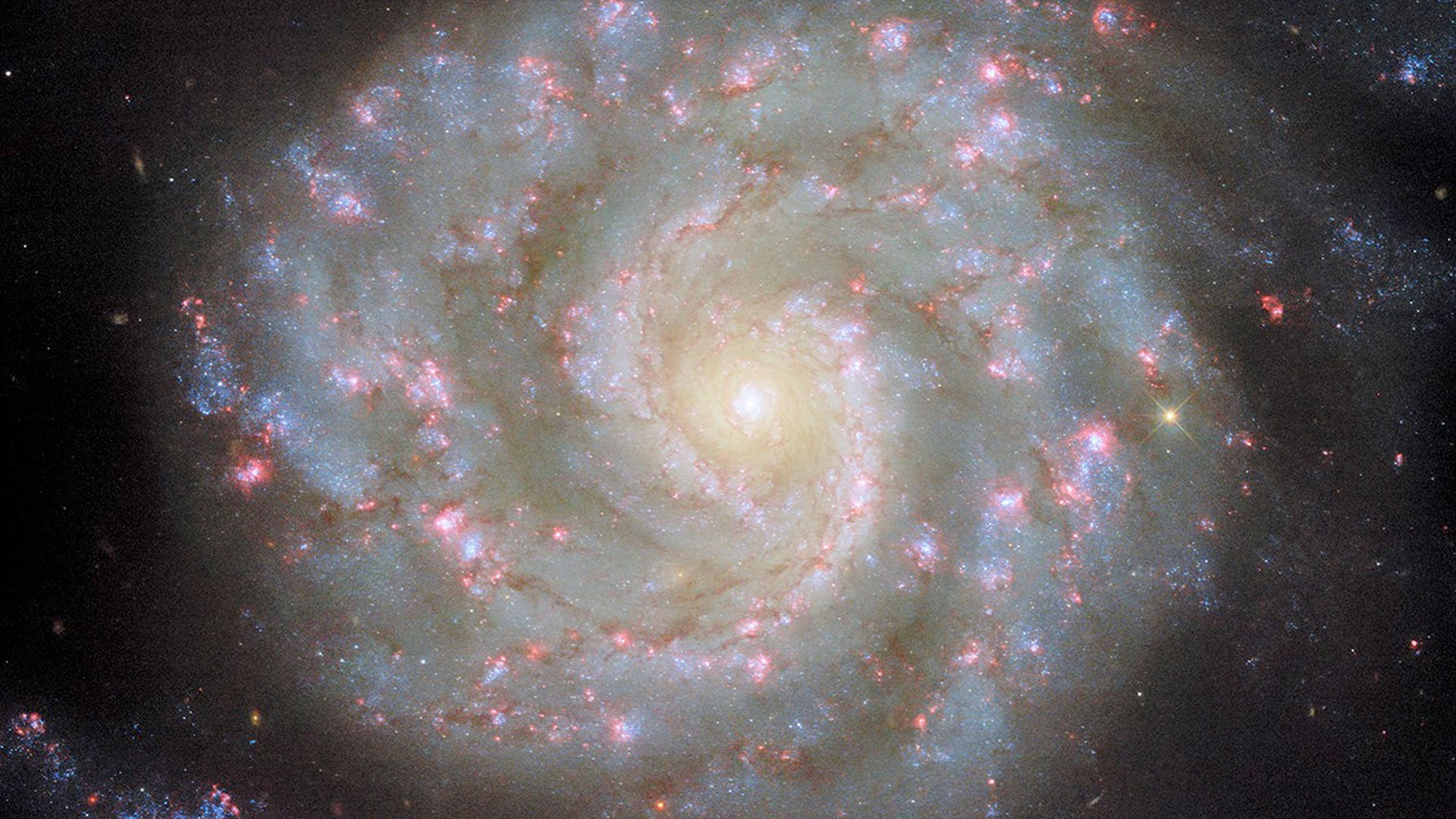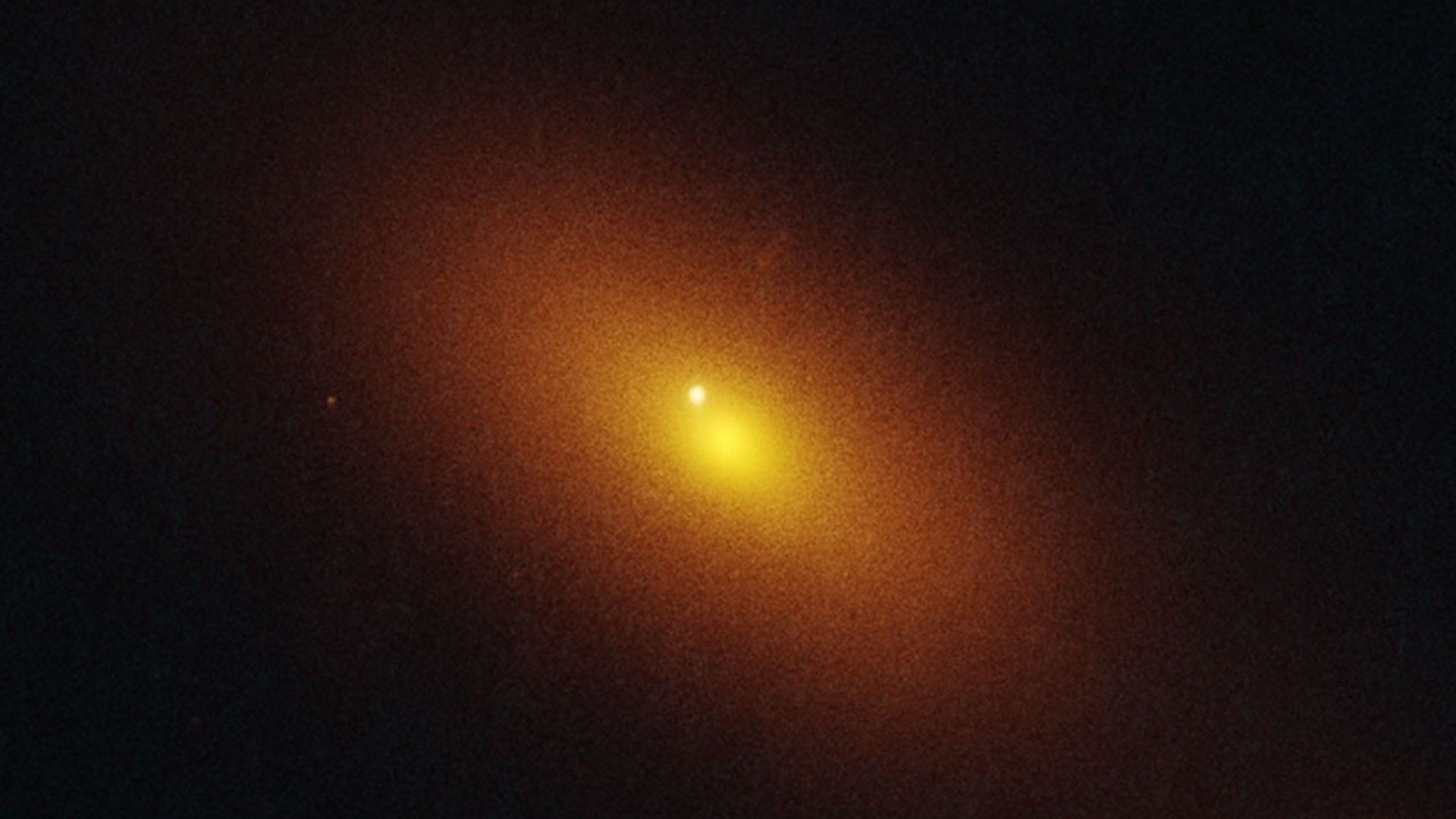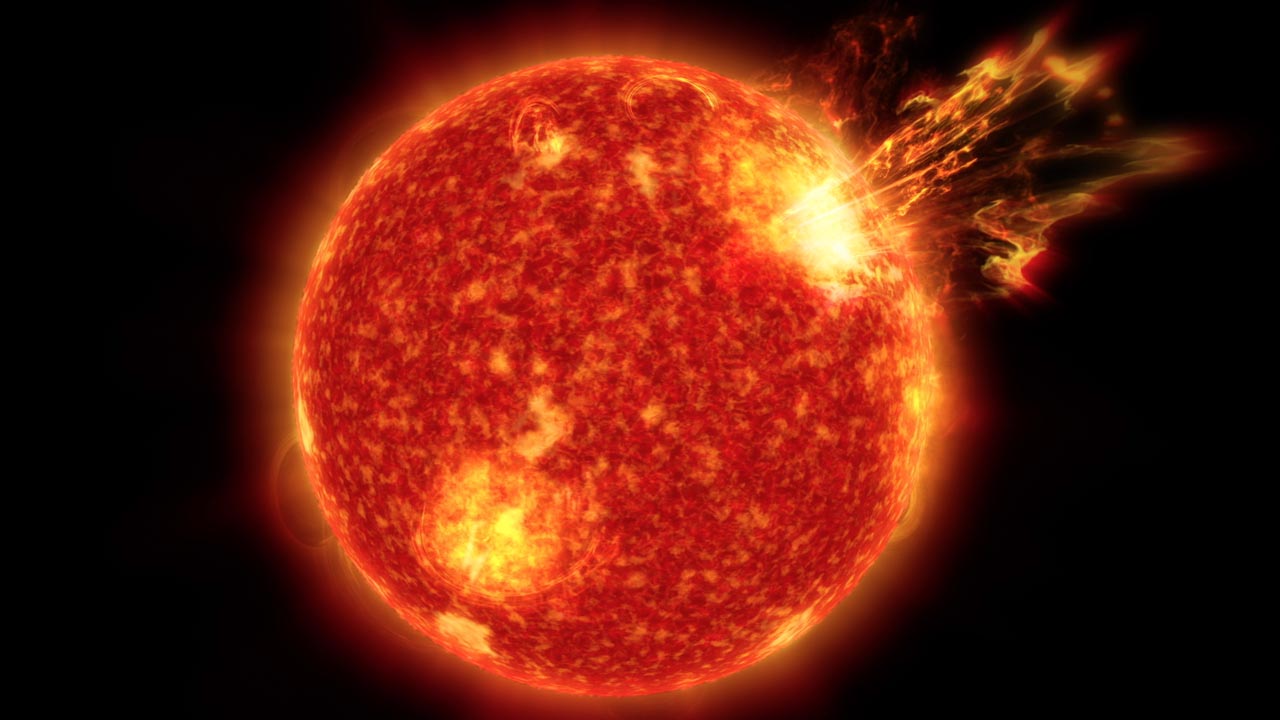The quantum world may have a favorite flavor, tantalizing results suggest

The world of the teensy-tiny, the quantum realm, could have a favorite flavor.
We're not talking about itty-bitty ice cream cones, of course. The world of particles is split into three camps, called "flavors" (don't ask why). For example, the electrons represent one flavor, and there are two other particles with nearly identical properties, the muon and the tau, that have their own flavors. We've long suspected — but not proven — that all three flavors should be on equal footing.
But, alas, years of collider experiments are beginning to suggest that perhaps not everything is even-steven.
The results of these experiments are still tentative, and not significant enough to claim the firm discovery of a crack in the bible of particle physics called the Standard Model. However, if the results hold up, that could open the gateway to understanding everything from dark matter to the origins of the universe. You know, major unsolved problems in modern physics.
Related: The 18 Biggest Unsolved Mysteries in Physics
Standard flavors
The Standard Model of particle physics reigns supreme, successfully passing onslaughts of tests from experiments around the world over the course of decades. This theory unifies our understanding of three of the four fundamental forces of the universe — electromagnetism, strong nuclear and weak nuclear — under a single quantum banner. All told, it's the most well-tested theory in all of science, capable of explaining a vast array of fundamental interactions.
In other words, you simply don't mess around with the Standard Model.
Get the Space.com Newsletter
Breaking space news, the latest updates on rocket launches, skywatching events and more!
And yet, we know this picture of the subatomic world is far from perfect. Just to name a couple examples, it doesn't explain neutrino masses or give us a clue about dark matter. The overwhelming majority of physicists believe that there is another theory, so far unknown, that encompasses everything the Standard Model is able to explain and the things it can't.
The bummer thing is that we don't know what that theory looks like or what predictions it might make. So not only do we not know the full answers to life, the universe and everything in between, we also don't know how to get those answers.
To find hints of "A Better Theory," researchers are on the hunt for any imperfections or false predictions of the Standard Model — a crack in that theory could perhaps open up the door to something bigger.
One of the many predictions of the Standard Model concerns the nature of the leptons, which are tiny, solitary particles like electrons or quarks. The leptons are grouped into three classes, known as generations or flavors depending on which physicist you ask. Particles with different flavors will share all of the same properties except have different masses. For example, the electron, the muon and the tau particle all have the same electric charge and spin, but the muon outweighs the electron, and the tau even more so — they have different flavors.
Related: 7 Strange Facts About Quarks
According to the Standard Model, these three flavors of the electron should behave exactly the same. Fundamental interactions should produce each of these with equal probability; nature simply can't tell the difference between them, so it doesn't really favor one flavor over another.
When it comes to the three flavors, nature takes the Neapolitan approach: all of them.
A beautiful result
That's all theory, though, and so it should be tested. Over the years, various experiments, like those carried out in the Large Hadron Collider at CERN and the BaBar facility, in which fundamental particles get smashed together in massive collisions. The resulting particles produced from those collisions could provide clues as to how nature works at the deepest of levels. And some of these collisions have been designed to see if nature likes one flavor of lepton over the others.
In particular, one kind of particle, called the bottom quark, really enjoys decaying into leptons. Sometimes it becomes an electron. Sometimes a muon. Sometimes a tau. But no matter what, all three flavors have an equal chance of emerging from the wreckage.
Related: The 12 Most Important and Stunning Quantum Experiments of 2019
Physicists have managed to amass hundreds of millions of such bottom quark decays, and starting a few years ago something strange appeared in the data: Nature seemed to favor tau particles in these interactions a bit more than the other leptons. It was barely statistically significant, though, so it was easy to wave away these results as a mere statistical fluke; perhaps, we just hadn't run enough of the collisions for everything to even out.
But as the years have gone by, the result has stuck, as physicist Antonio Pich, of the University of Valencia in Spain, points out in a review of this research published in the preprint database arXiv in November. Nature is looking pretty stubborn when it comes to its apparent favoritism of the tau particle. The result still isn't conclusive, but its persistence over the years and across different experiments has made for a real head-scratcher.
Not-so-standard model
In the Standard Model, the different flavors of leptons get their...well, flavor...through their interactions with the Higgs boson: The more a flavor interacts with the Higgs, the greater its mass. But otherwise nature doesn't differentiate between them, hence the prediction that all flavors should appear equally in all interactions.
But if these so-called "flavor anomalies" are indeed a real feature of our universe and not just some bug in the data collection, then we need some way to explain why nature should care more about the tau particle than the electron or muon. One possibility is that there might be more than one kind of Higgs boson flying around — one to provide the masses of the electron and muon, and another that is especially fond of the tau, allowing it to pop out of interactions more often.
Another possibility is that there are extra particles that talk to the tau — particles that we haven't seen in experiments yet. Or maybe there's some fundamental symmetry of nature that reveals itself only through the whispers of lepton reactions — in other words, some new force of nature that only appears in these obscure, rare interactions.
Until we make the evidence stick (right now, the statistical significance of this difference is around 3-sigma, which represents a 99.3% chance that this result is just a fluke, whereas the "gold standard" for particle physics is 5-sigma, or 99.97%), we can't know for sure. But if the evidence does tighten up, we could potentially use this new insight to find new physics beyond the Standard Model, opening up the possibility of explaining the currently unexplainable, such as the physics of the very early universe or whatever the heck is going on with dark matter.
- From Big Bang to Present: Snapshots of Our Universe Through Time
- The 11 Biggest Unanswered Questions About Dark Matter
- 5 Elusive Particles Beyond the Higgs
Originally published on Live Science.

Join our Space Forums to keep talking space on the latest missions, night sky and more! And if you have a news tip, correction or comment, let us know at: community@space.com.

Paul M. Sutter is an astrophysicist at SUNY Stony Brook and the Flatiron Institute in New York City. Paul received his PhD in Physics from the University of Illinois at Urbana-Champaign in 2011, and spent three years at the Paris Institute of Astrophysics, followed by a research fellowship in Trieste, Italy, His research focuses on many diverse topics, from the emptiest regions of the universe to the earliest moments of the Big Bang to the hunt for the first stars. As an "Agent to the Stars," Paul has passionately engaged the public in science outreach for several years. He is the host of the popular "Ask a Spaceman!" podcast, author of "Your Place in the Universe" and "How to Die in Space" and he frequently appears on TV — including on The Weather Channel, for which he serves as Official Space Specialist.
-
William Pennat The Higgs field is confused with the Higgs boson. I see this error all the time in physics stories like this. The Higgs boson does not technically give other particles mass. More precisely, the Higgs boson (particle) is a quantized manifestation of the Higgs field which is what actually generates mass through its interaction with other particles. (Thus the Higgs field is probably also the key to the unification of relativity and quantum mechanics....)Reply




